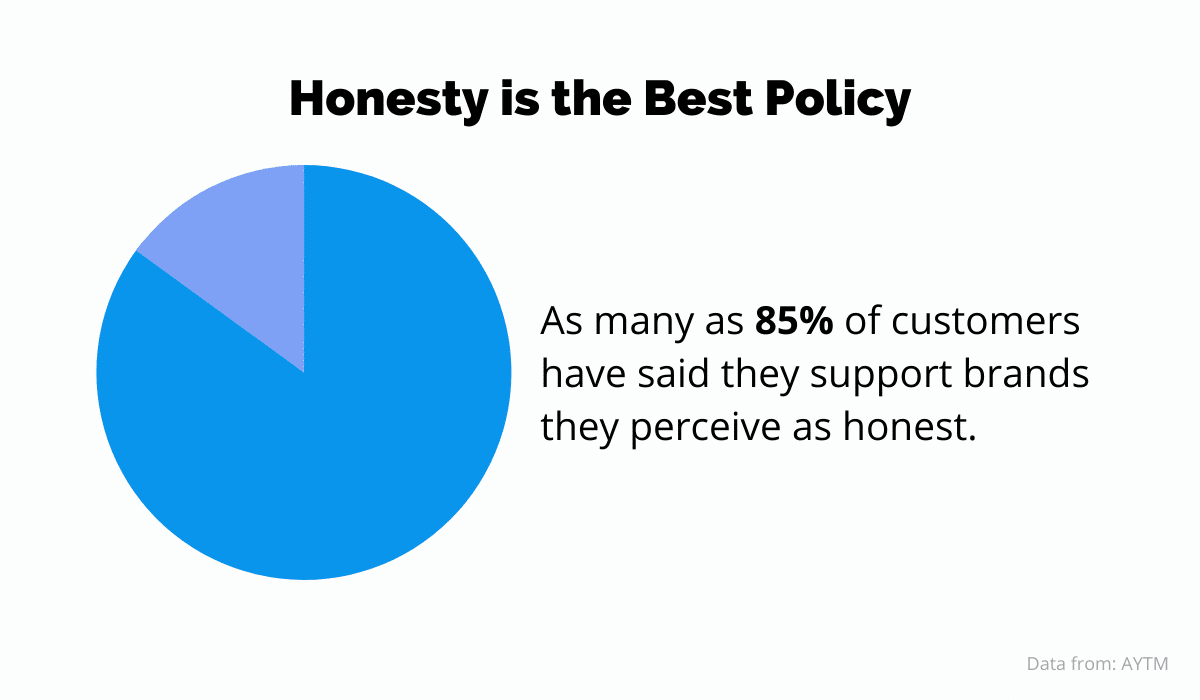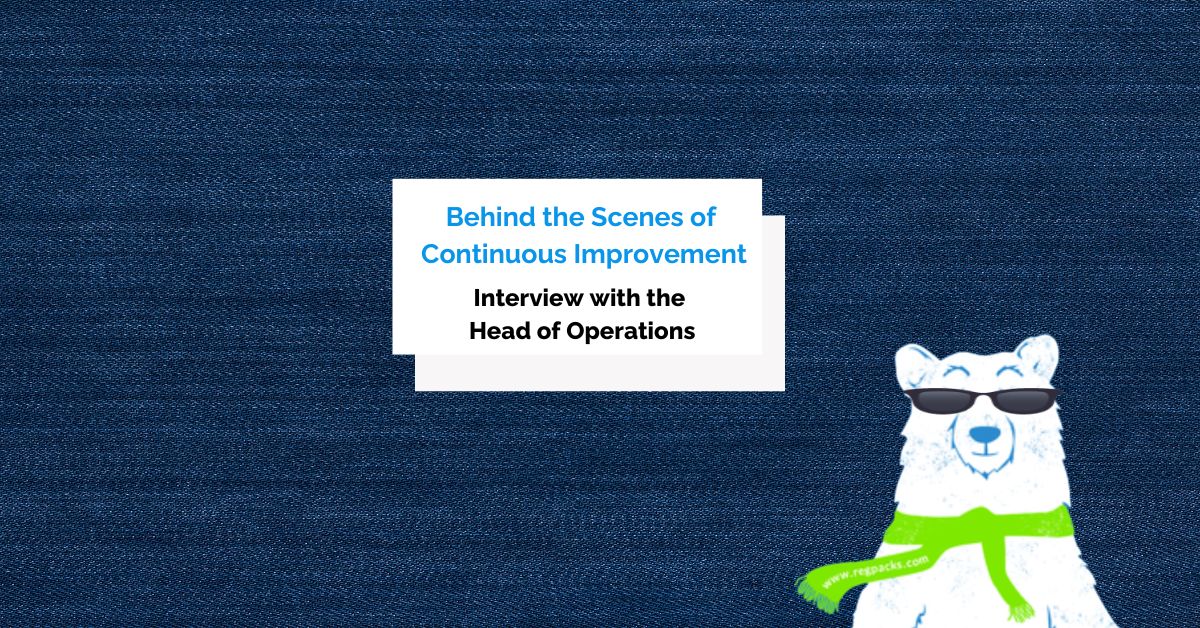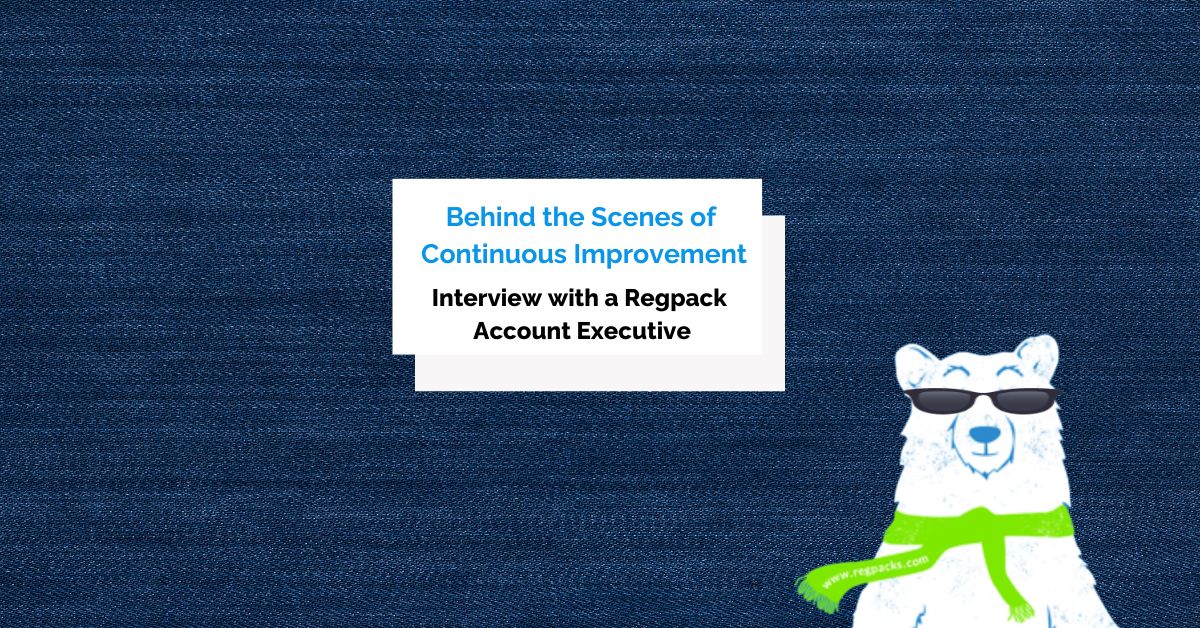Effective client management will help you retain your current customers, while creating opportunities for upsells, cross-sells, and referrals, thus pumping new revenue into your business.
There are some best practices that you can follow to nurture your relationships with clients, including educating your client base, remaining transparent, and establishing preferred communication channels.
In this article, we’ll cover these tips, and more, to help you master the art of customer management.
- Educate Your Clients
- Establish Preferred Communication
- Be Transparent
- Always Be Happy to Help
- Be Organized
- Learn When to Say No
- Conclusion
Educate Your Clients
Educating your clients regularly about your brand, industry, and services is a must for service-based businesses.
It improves brand awareness, establishes your company as an expert in the space, and, according to research, increases a client’s level of trust in your organization.
All of these benefits make retaining and upselling your clients a whole lot easier.
When they trust your brand and think of you as an authority, they’ll want to keep you around as a sort of cherished advisor and guide.
And, if clients understand what services you offer and how those apply to their operations and business, they’ll be more likely to identify the needs they may have otherwise neglected—needs your services can solve.
That said, there are three main ways to create an educated and trusting client base:
- Manage a Recurring Email Newsletter
- Hold Check-in Calls with Your Clients Regularly
- Use Content Marketing to Teach
Often, the easiest way to get started is to create a recurring email newsletter.
In fact, 81% of B2B marketers say email newsletters are their most used form of content marketing.
You can use your newsletter to highlight service updates, report on industry news and trends, as well as announce upcoming events, and changes in your business.
For instance, here’s a newsletter from Bluehost promoting their webinar to content creators:

Image via Bluehost
A second, more personal way to educate your clients is by having client service team members reach out periodically to clients to discuss service updates and ask them about their current issues.
Not only does this practice of inquiring into the wellbeing of your customers give them a sense of comfort and security, but it also uncovers opportunities for upsells.
Finally, a third way to educate your buyers is to make education easily accessible online.
You can do this by creating a content marketing plan that prioritizes educational content — blogs, videos, webinars, etc., that teach your clients applicable skills they can use to improve their businesses.
For example, the Regpack blog is essentially an education center for service businesses wanting to learn more about managing clients, collecting payments, and automating business processes.

Source: Regpack
The more educated your client base is about how your service helps them achieve their goals, the more they’ll trust you and buy from you.
Establish Preferred Communication
It’s important to learn each of your client’s preferred communication channels, patterns, and styles in order to best serve and communicate with them.
While your customer profile can help you make estimates about your customer base’s communication habits in general, it’s best to ask each client how they personally like to interact with their vendors.
Ask your clients if they favor email, phone calls, or messaging apps like Slack, and how frequently they expect you to respond.
You can then adapt your process to fit their needs, as long as it’s feasible.

Source: Slack
This can streamline back and forth and prevent incidents where the client thinks you’re ignoring them because you’re taking longer to respond than they prefer.
Sometimes, however, your clients won’t always tell you the full story, or won’t be exactly sure how they best communicate themselves.
Thus, you should also monitor your interactions with clients to track what style works best.
To guide your study, Marketing Strategist of Duckpin Andrew Clark shares some questions to ask yourself about your clients and their communication style:
“Is your individual client expressive, amiable, passive; maybe even dominant? Likewise, how do you communicate? It is not the responsibility of your client to adjust their communication style, it is yours. More tactical questions to consider: does your client prefer long phone calls or short emails? How diligent is your client to their own respective schedules; understanding this factor really allowed me to schedule future meetings with greater ease.”
Some businesses use the DISC model, established by Harvard Psychologist William Moulton Marston, and place each client into one of four communication style categories:

Source: ONE of a kind sales
Once you know which communication type they are, you can more effectively interact with them in a way that both pleases them and motivates them to take actions you desire, such as purchasing new services.
Below are some tips on how to communicate with each of the four types in the DISC Model:
| Compliance | Share data and stats to back up any claims. Avoid getting too personal. Keep it professional. Be precise with your vocabulary. Slow down the pace. Involve them in the process. |
| Dominance | Listen more than you talk. Stroke their ego. Keep a fast pace. Give straightforward answers. Ask targeted questions. Never waste their time. |
| Steadiness | Listen actively. Give them time to respond—they’re thinking. Share your project process details. Don’t pressure them to make decisions. Speak in soft and comforting tones. |
| Influence | Be friendly. Engage in small talk. Ask for their feedback and opinions. Share customer success stories to interest them. Crack jokes. Keep things light. |
Giving your customers this personalized communication experience that fits their personalities and expectations will help you build trust and grow your client relationships.
Be Transparent
Let’s start with a revealing statistic: 86% of Americans say transparency from a business is more crucial than ever before.
Your clients want to know what’s going on behind the closed doors of your business. They want to know what type of brand they’re supporting and the specifics of the service they’re paying for.
There are multiple practices you can enact to increase the transparency of your business and its processes, from creating an Instagram page that gives clients a view into your staff, your philanthropy, and company culture, to sending a recurring newsletter highlighting business and service updates.
But the best method, according to Tom Crowe at Tom Crowe Digital, is to include your clients in projects as much as you can:
“Whilst regular catch-ups and project updates are great, the most effective method is simply to give them full access to the project tasks to be completed. Whether that’s in Asana, Trello or simply a Google Sheet, giving them the access to properly digest the whole project really breeds confidence and keeps them happy.”
Essentially, when your clients have an online location to easily follow along with you as you progress through the different stages of the project, they’ll feel more confident that you’re doing the job they paid for.
Below is an example of a project schedule that construction clients could follow:

Source: Educba
Additionally, giving clients a view of project tasks will empower them to request changes to priorities throughout the project, as Crowe points out below:
“It also allows scope for them to feed into the project plan, for example if they want to make big changes, launch a big campaign or plan something very technical, they can help to establish its priority in the grand scheme of the strategy.”
— Tom Crowe at Tom Crowe Digital
When your clients participate in the project regularly, and voice opinions about the strategy or deadlines, you’ll run into fewer situations of mismatched expectations.
Avoiding these situations will reduce the likelihood of a client feeling disappointed or even cheated and will, in turn, improve your relationships with your clients.
Now, even if you provide this online view, it’s still important to reach out to clients directly throughout your project to give them status updates.
Often, the more your client knows, the more confident they’ll feel about your ability to do the job.
That’s true even if what you’re telling them is undesirable news.
For instance, if the project is not going as smoothly or as quickly as initially planned, be upfront about it with your client.
In fact, 85% of surveyed customers said they are more likely to support brands that they consider to be honest.

Source: Regpack
They’ll respect you more for it and take this honesty about hiccups as a sign that you have their best interest at heart.
Of course, this transparency doesn’t stop once your project is finished. You need to continue showing clients that your service or finished product has produced or is producing the results they desire.
You can do this by running reports and showing clients relevant metrics—event attendees, dollars earned, page visits per month, etc.
If you’re hitting the KPIs you set during pre-project discussions, your client will trust your word going forward, and be more open to doing more business with you.
Always Be Happy to Help
Expressing enthusiasm to help your clients will make them happy they chose you.
They’ll know they’re in good hands and can trust that you’ll be there for them should they need any help deploying your service or navigating life’s obstacles.
You should demonstrate this willingness to help both in your communication and in your actions.
This can be as simple as prefacing your response to a client’s request with a “happy to help!” and then, afterwards, following through with your promise.
But, to go a step further, you can also take charge and ask your clients if they need any help.
Send them an email or place a call every few months asking them for feedback and if they need anything else from you to make your service more beneficial to them.
Also, end your calls and email exchanges by reminding your clients that you’re there for them.
You can do this with a sign-off like: “please don’t hesitate to reach out!” or a similar variation.

Source: Regpack
Another great way to prove your helpfulness is by reaching out with the occasional personalized email that includes a link to an article or blog post they might find useful.
For example, sending a roundup of the best trails to an outdoors education program manager could build the relationship.
Sharing a video about new SEO best practices with the new VP of Content Marketing will show that you’re thinking of them and their work.
Here’s an example of an email a client manager for a writing education program might write:

Source: Regpack
You’ll note that, in the example above, the course the business is recommending isn’t theirs, but someone else’s.
Although this won’t directly increase sales for their business, they’ll still reap financial rewards down the line since the customer will see them as caring and thoughtful.
When you consistently show your clients that you’re invested in their success, and that you’re both open to their opinions and ready to help, trust will grow, as will their dependence on you and your business.
Be Organized
Staying organized will enable you to have more productive and smooth relationships with your clients. In their eyes, you’ll also appear more professional.
If, on the other hand, you’re disorganized, you may miss deadlines, fail to send invoices, or forget important information about clients, which will harm your reputation.
Nowadays, most businesses leverage automation to improve organization.
With certain tools they can outsource administrative tasks to software programs that do things like auto-send emails, reports, invoices, updates, time tracking, or reminders to clients.
Our own solution, Regpack, is one such tool.
Regpack helps service-based businesses automate and streamline processes and tasks associated with registration, billing, and client management.
Take a look at some of the tool’s features:

Source: Regpack
Another type of tool you should have in your tech stack is a quality CRM.
It will store data about your clients, such as history, contact information, and transactions, in addition to giving you automation functionality from recurring report creation to automated follow-up emails, as shown below on HubSpot’s page:

Source: HubSpot
With this tool, users can create email templates with blank fields that auto-populate with the recipient’s information and are automatically sent a certain number of days after some event, in this case, a web-demo.
Automation features like this remove the burden on your memory and ensure no work falls through the cracks.
An organized client management process will therefore make your and your clients’ lives easier.
Learn When to Say No
Sometimes clients ask you for things you cannot take on, either because they’re outside of your scope of expertise or because your calendar is already filled up with other work.
In some cases, it might just feel like an unfair request. In those situations, it’s important to say no, even if it may feel like you’re leaving money on the table.
When you say yes to everything clients ask, your to-do list will become so long that you’ll burn yourself out trying to deliver on every promise you’ve made.
And that’s not good for you or the client, since the customer will likely receive work that was produced in a frenzied and exhausted mental state, perhaps by someone who has grown resentful of them.
On the other hand, saying no to projects, edits, events, or additional services you don’t want to take on will also free you up to spend time on your most profitable, or fulfilling, opportunities.
Therefore, no should be a common word in a business owner’s vocabulary. However, you have to say it in a way that causes your clients to sympathize with your answer.
One method for giving negative responses effectively is the sandwich method.
This method involves sandwiching your “no” with two slices of positivity, while also explaining your reasoning for the answer.
Highlighting the positives outshines any disappointment felt by the client.
Below is an example of the sandwich method in action:
“So glad we got to have a lunch meeting together! It was awesome getting a chance to show you the positive impact of our service! My team and I thought about your request, and, unfortunately, we won’t be able to take it on because our calendar is booked up for the next few months and we don’t want to provide you something rushed. However, my peer over at {Business Name} could definitely do this for you. Or you could wait until February and we can help then.”
Making your second positive statement a recommendation will show the client that you’re invested in their success and not just looking to make a profit whenever possible.
Along with requests being too tedious or out of your business’s wheelhouse, there are some other situations when you might want to say no to a client, such as the ones listed by Wendy Kinney:

Source: Quora
We recommend creating a list of your own that holds reasons why you might refuse a client and referencing the list whenever their request makes you uncomfortable.
As long as you give the client context for why you can’t take on the work, and provide alternatives, they’ll hopefully understand and respect your honesty, and your relationship will benefit from it.
Conclusion
Consistent clients are the lifeblood of a service-based business. They’ll continue buying from you and even likely bring you new business by recommending you to people in their network.
Thus, it’s crucial that you channel your resources into ensuring your clients are happy. You can do that in many ways, from staying organized and communicative to regularly and enthusiastically offering a helping hand.



















